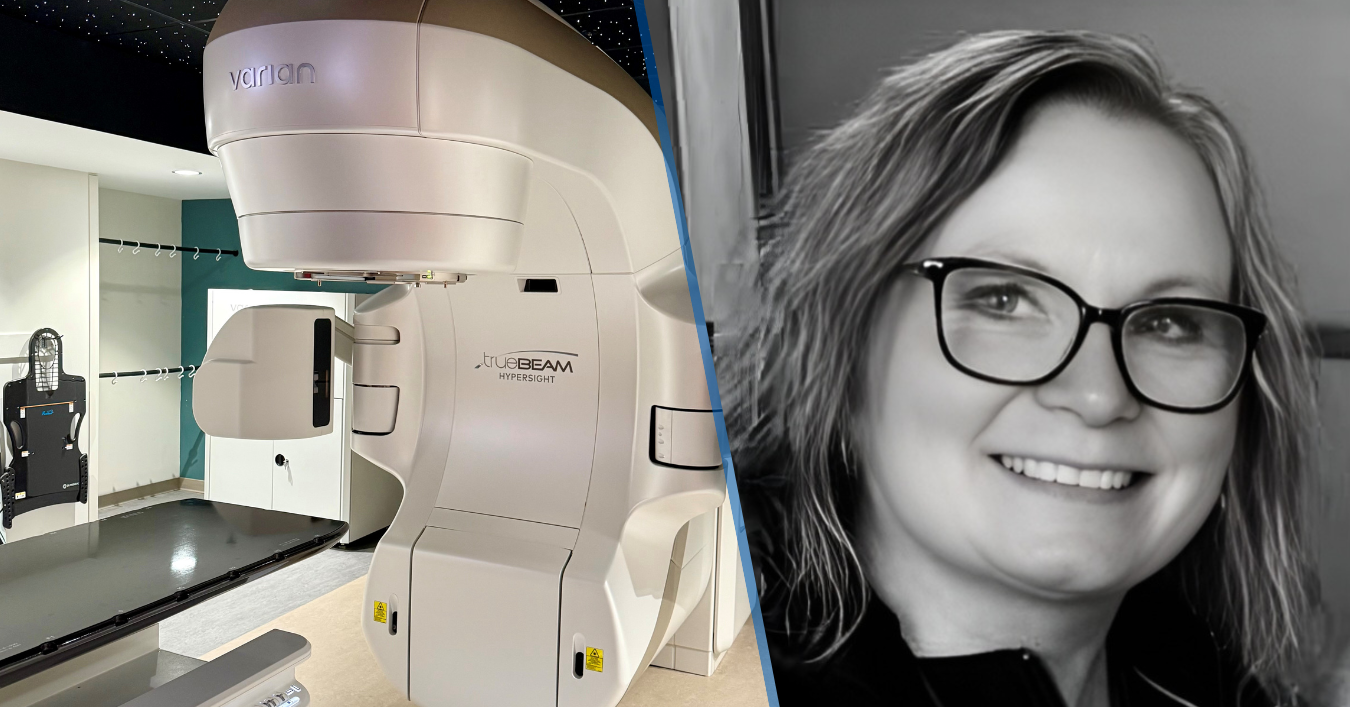January is National Blood Donor Month — learn how that matters to you.
Did you know that a single car accident victim can require as many as 100 pints of blood? In the United States alone, approximately 36,000 units of red blood cells are needed every day. Unfortunately, average blood supply falls short of that number.
As we recognize National Blood Donor Month, we hope to better educate those who may have never considered donating this potential lifesaving gift. National Blood Donor Month began in 1970 in hopes to help increase the amount of donations over the colder months. During winter, people are less likely to keep their blood donation appointments. Because one blood donation can help up to three people, a cancelled appointment can have huge effects.
Mercy Health hosts blood drives each year, and we receive blood from the American Red Cross ( for the Toledo, Youngstown, Lima and Lourdes regions) as well as Blood Centers of America (for the Springfield, Cincinnati, Lorain, Marcum & Wallace).
To be eligible to donate blood, the donor must be at least 17 years old (or 16 years old with parental consent), have a weight of 110 pounds and be in a generally good health condition. Learn more about blood donation and how you can help.
Facts about blood needs
- Nearly 21 million blood components are transfused each year in the U.S. This includes red blood cells, white blood cells, plasma and platelets.
- The average red blood cell transfusion is approximately 3 pints.
- The blood type most often requested by hospitals is type O.
- According to the American Cancer Society, more than 1.69 million people were expected to be diagnosed with cancer in 2017. Many of them will need blood, sometimes daily, during their chemotherapy treatment.
Facts about blood supply
- The number of whole blood and red blood cell units collected in the U.S. in a year is 13.6 million.
- The number of blood donors in the U.S. in a year is 6.8 million.
- An estimated 38 percent of the U.S. population is eligible to donate blood at any given time. However, less than 10 percent of that eligible population actually do each year.
- Type O negative blood (red cells) can be transfused to patients of all blood types. It is always in great demand and often in short supply.
- Type AB positive plasma can be transfused to patients of all other blood types. AB plasma is also usually in short supply.
Facts about the blood donation process
- Blood donation is a simple four-step process: registration, medical history and mini-physical, donation and refreshments.
- Every blood donor is given a mini-physical, checking the donor’s temperature, blood pressure, pulse and hemoglobin to ensure it is safe for the donor to give blood.
- The actual blood donation typically takes less than 10-12 minutes. The entire process, from the time you arrive to the time you leave, takes about an hour and 15 minutes.
- The average adult has about 10 pints of blood in his or her body. Roughly 1 pint is given during a donation.
- A healthy donor may donate red blood cells every 56 days or Power Red every 112 days.
- A healthy donor may donate platelets as few as 7 days apart, but a maximum of 24 times a year.
As we begin this new year, consider the opportunity to save a life through a local blood center. For more information, questions concerns regarding blood donation, consult your primary care physician. If you’re in need of a primary care physician, visit mercy.com or call 513-952-5000 today.





